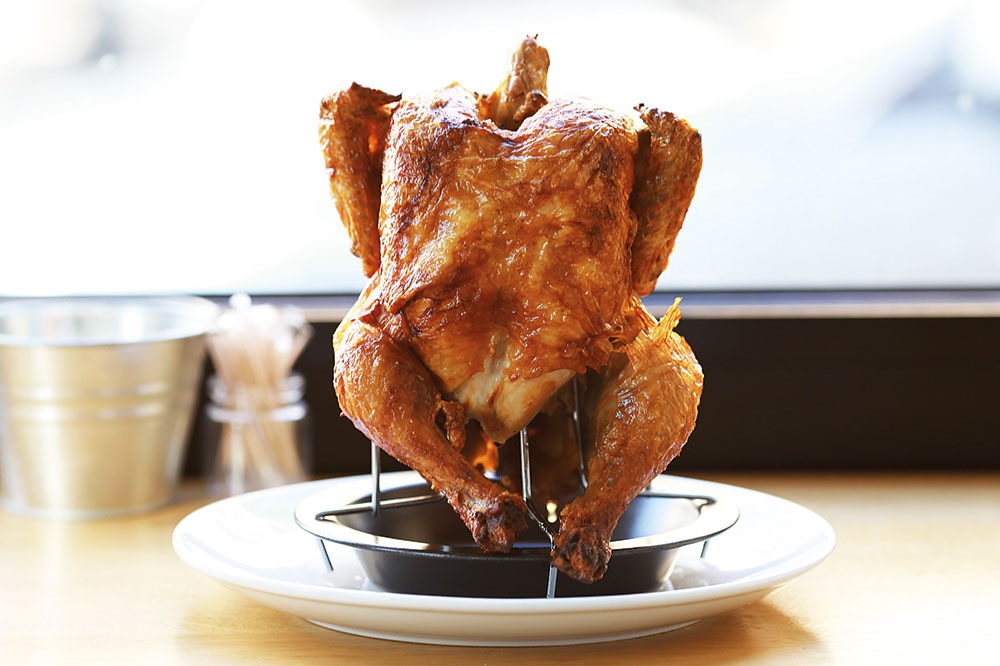Year-on-year sales in the chicken industry are rising, with forecasts indicating that growth rates will be sustained in 2018. Maya Bekhazi Noun, founder and managing director of Food Studio, tells us why poultry’s popularity is on the rise
Some have declared chicken the ‘dish of the year’ – that must-have, comfort food everyone yearns for. Yet the public’s love for chicken is certainly not new; in fact, it has been growing steadily in recent years.
We have witnessed a real increase in niche chicken restaurants, while concepts are hatching everywhere, offering a variety of roast or chargrilled chicken options, sandwiches and even the Mediterranean-style shawarma.
Consumers are flocking to these niche restaurants and substituting meat with chicken. So, what’s driving this trend?
The rise and rise of chicken can be largely attributed to two factors:
The health factor
Undoubtedly, study after study from the science community warning of the dangers of saturated fat, which is found in red meat, has helped to boost chicken consumption. The fastfood chains have jumped on this.
The socio-economic and demographic factor
Socio-economic and demographic variables can have a major impact on demand for food, including chicken, meat and fish. Across many studies, and accounting for all variables, poultry continues to come out as an essential food product among those surveyed in all categories of income and age.
While beef, mutton and fish are considered luxury items, poultry is viewed as not only a better replacement, but also a necessity among all groups of consumers. Steady, affordable prices have helped chicken to increase its market share worldwide.
In some parts of the world, especially countries in eastern and southeastern Asia, pork remains the number one substitute for beef, with chicken placing second. However, in Middle Eastern and Gulf countries, where some religions prohibit the consumption of pork, chicken is the number one substitute when price is the key factor, and shares top place with fish when health is the criteria. In fact, the only Arab countries where meat (beef and mutton) consumption remains relatively high are the UAE, Qatar and Saudi Arabia, mirroring their higher levels of GDP.
Going to the source
The poultry segment has also had to adapt to demand for transparency across the industry, encompassing areas such as full disclosure in food production and slow-growth practices, which today’s consumers are demanding. Customers are seeking more from product labeling; they want the truth behind their food and are asking more questions, such as whether the products they are buying are GMO-free, fair trade, humanely kept and responsibly produced. Where and how chickens are raised is one piece of the puzzle that today’s consumers are insisting on putting together in their quest to be utterly informed about their food.



















